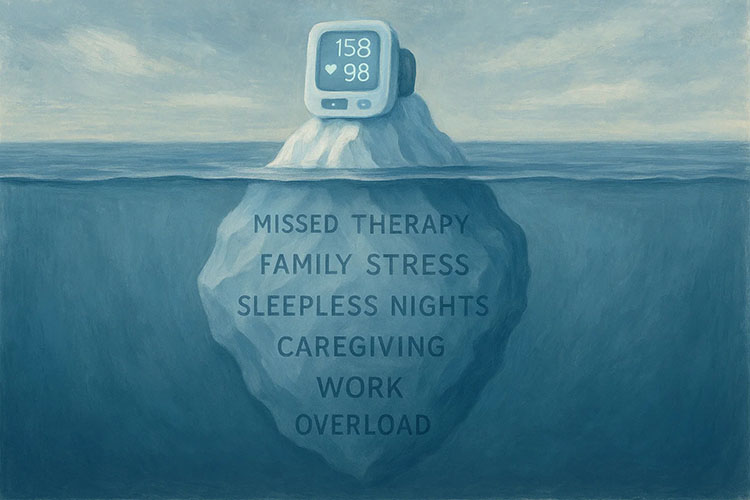
Did you know that roughly 58% of the working population will call in sick at least five days a year? Not only can this put a strain on coworkers who are left to operate without a full staff, but the employer will also end up paying a higher cost every time it happens. One study found that employees that miss work due to an illness or injury cost employers around $225 billion annually. This works out to $1,685 per employee per year. More employees are also working sick, and this can result in more absences as their coworkers get sick. But, how does this cost a business? Read on to find out.
The Problem with Presenteeism
Presenteeism is a term that describes when workers show up to their jobs feeling under the weather. One survey of 642 workers showed that 70% of them show up to work sick. Of this 70% of people who come to work sick, 38% said they did so for fear of falling behind, 30% didn’t want to lose time off, 10% said their boss expects them to work, and 6% said they’d rather work than lie in bed.
When an employee comes to work sick, they’re in danger of infecting their coworkers. The University of Arizona found that when a sick person spends just two to four hours in the office they can spread germs to 40% to 60% of the office’s commonly touched surfaces. Their coworkers then touch these areas and may put their hands anywhere around their face, which means they could end up sick as well. As a result, the sickness can quickly spread through the office.
Presenteeism isn’t just a threat to an employee’s coworkers and family’s well-being, but it’s also a threat to the business. Business costs for lost production time alone are estimated to be around $150 billion every year. You may end up paying overtime for other staff to cover as well. For smaller businesses, these costs could be a huge threat to the business’s ability to continue to operate. This is why businesses need to be proactive in their approaches to presenteeism.
Costs to Coworkers
While the business will suffer economic setbacks for sick employees coming to work, coworkers also face high costs. This is especially true if one employee repeatedly calls in sick. First, your employees have to deal with the higher stress factor. They have to step in and pick up any slack that the sick employees leave along with their normal duties. Around 46% of workers say that the main cause of stress in their jobs is their workloads. This stress goes up the more they have to take on.
If someone is chronically sick, it can also negatively impact the culture of the office and the relationships between the employees. Your employees could start to stress and question their coworker’s reliability, and this creates a negative working culture for everyone involved. These feelings can quickly contaminate your entire employee group.
Burnout is another cost. Maybe you have employees that work different shifts and you call people in on their days off to help cover. If you can’t get them another day off, they could work several in a row. This can lead to burnout and a higher chance of making mistakes.
What Businesses Can Do to Prevent Sick Workers
The good news is that there are several things a business can do to help prevent sick workers. You can try one or implement a few and see which ones work best for your business size. These things include:
- Offer your employees paid sick leave
- Let employees work from home
- Encourage employees to stay home if they don’t feel good
Healthy employees are productive employees, and it can save both the employees themselves and the business money. Now you know the real costs of sick coworkers and employees, and you can see how it impacts your business.



